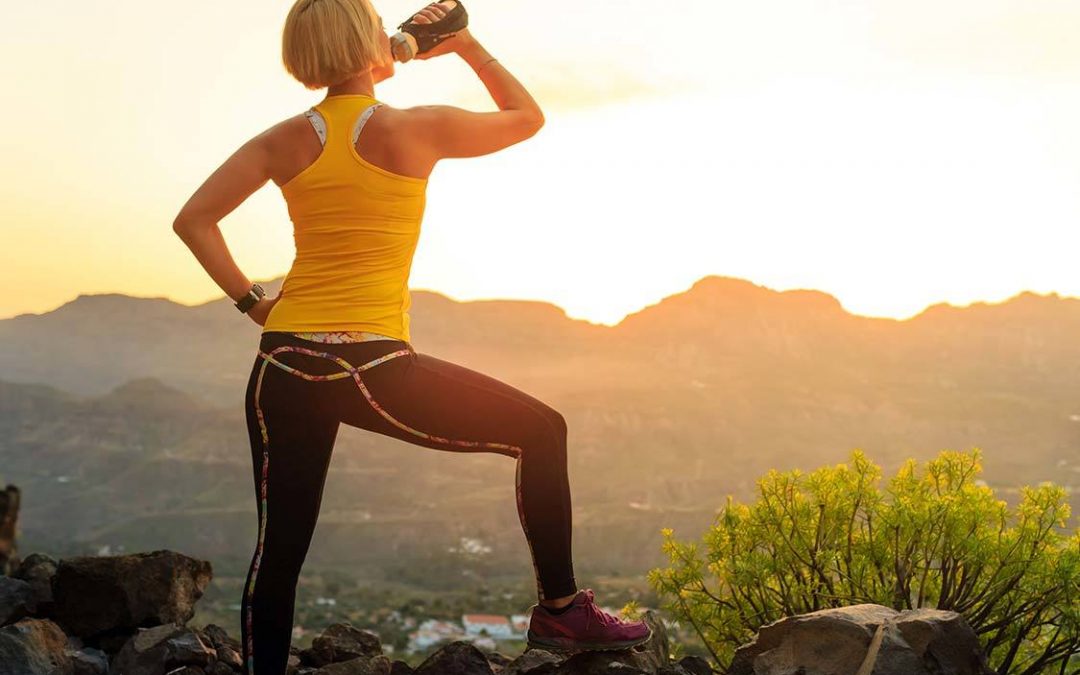Call it what you will, gastroenteritis, Montezuma’s Revenge, Turista, or the GI Trots, travelers diarrhea has been the butt of many jokes. But the truth of the matter is that it is anything but an amusing experience for sufferers. The problem is often ice, water, or other drinks that have been contaminated by matter from human or animal bowel movements, rich sources of the bacteria E. coli which can cause severe symptoms like loose stools (with as many as 3 to 10 bowel movements a day), cramps, nausea and vomiting, fever, weakness and headache. Needless to say, these sports of symptoms will ruin any vacation. Protozoa such as giardia and cryptosporidium can also have negative effects on the digestive system.
There are several ways to avoid falling prey to travelers’ diarrhea. Taking some common-sense precautions – and treating water are two of the approaches that can reduce the possibility of this debilitating condition.
Firstly, stick to bottled water and avoid ice. However, consuming bottled water is by no means a foolproof way of avoiding diarrhea. Many unscrupulous sellers gather up empty bottles, fill them with tap water, reseal them and sell them again to unsuspecting tourists. There’s also the fact that you will be contributing to plastic waste by buying bottled water – and this has led to more and more consumers finding bottled water an uncomfortable (and expensive) choice.
Boiling water is another effective approach. but it does rely on access to the right tools for the job and a source of heat. And it limits the amount of water you can carry with you. Once that boiled water is gone – you’re back to square one.
A better approach may be to invest in one of the many portable water filtration devices or water purification tablets.
Water bottles with built-in filtration devices have become a popular option with travelers. However, consumers need to make sure that the water bottle that they are purchasing actually performs according to the manufacturer’s promise – and that it is suitable for travel use in countries where potable water is scarce. Some water bottles are only rated to remove the odor of chemicals from treated water – a more advanced filtration system is required to make water safe to drink where other micro contaminants are present. There are a variety of manufacturers that have built a solid reputation for the supply of these sorts of products. these include Berkey (makers of gravity water filters that have smaller variants, but aren’t quite travel size), Brita, Camelback and LivPURE. However, make sure that what you are purchasing is rated for the type of filtration that you will require – there are a confusing number of choices facing the consumer.
Of course, there are also stand-alone filters that can provide for high volumes of water in an instant. If you are going to be in one spot (such as a resort), or have kids along, these may meet your requirements.
Chemical treatment of water is another option. Travel-sized packs of easy to use treatments are widely available at camping and specialist stores. One such treatment uses Chlorine Dioxide, which is available in tablet or liquid form. A few drops or a single tablet will make water safe to drink. It does take around 30 minutes to work and killing nasties like Cryptosporidium can require up to 4 hours. If you have used a chemical treatment then a great water bottle is very useful. The clever Platypus bottle which concertinas down to avoid taking up space while traveling is a clever solution.
If you are going to be traveling to regions where water quality may be an issue take appropriate precautions. Time is valuable – and in our high-pressure world time off is even more so. Make sure that illness doesn’t lay you low when you should be recharging exhausting mental and physical batteries.




